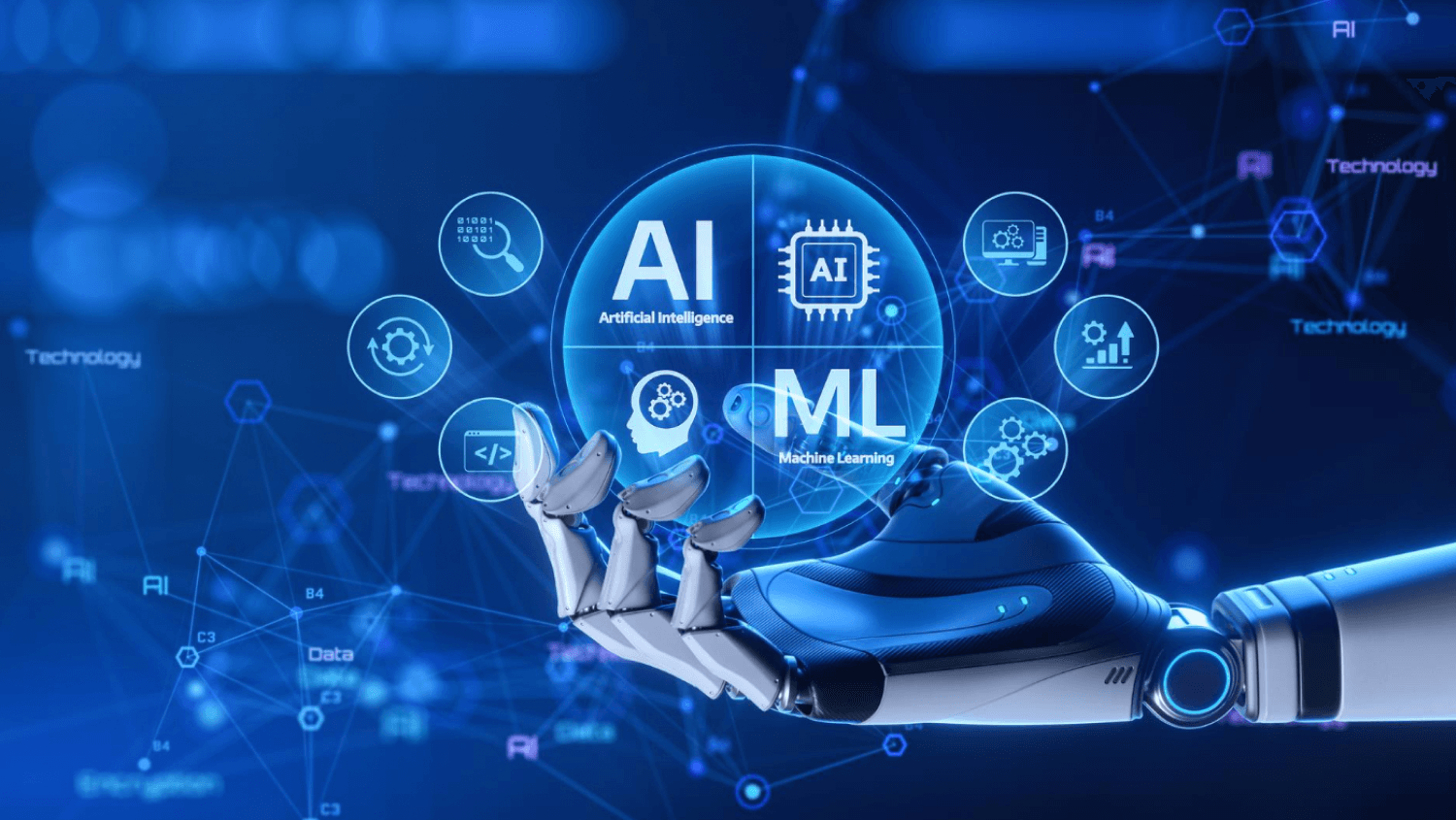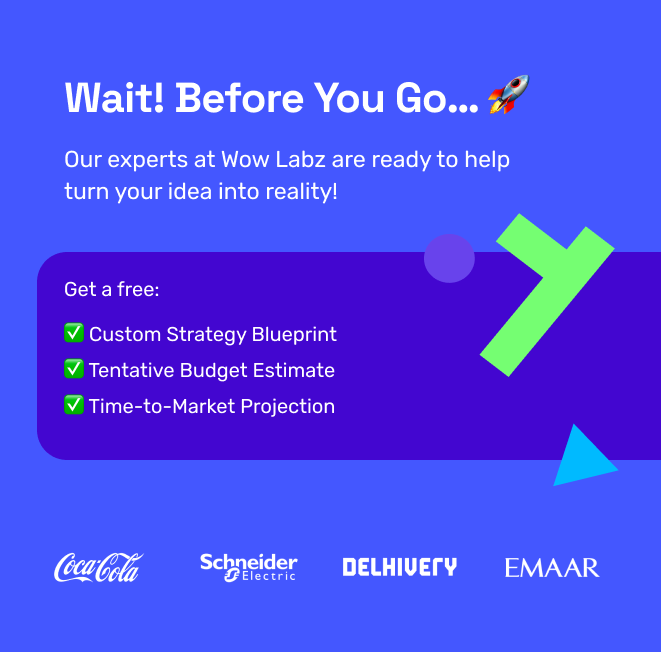AI has huge potential to transform creative agencies, but these projects often end up costing way more than expected. When it comes to AI budgeting, it’s easy to get excited about the possibilities, but without the right plan, costs can quickly spiral out of control.
For creative teams, the challenge is real. You’re juggling financial data while trying to stay true to your creative vision. Managing traditional budgeting methods alongside cutting-edge AI tools and budgeting tools can make even the most seasoned teams feel overwhelmed. When you’re focused on spending habits and the creative side, the company’s financial health can easily take a hit, especially as the future expenses of AI projects become clearer.
AI-powered solutions can drive amazing financial outcomes, but they also come with complexities. With machine learning models and the constant need for informed financial decisions, things can quickly get tricky. Creative teams are amazing at what they do, but they often struggle to balance creativity with the logistics of staying on budget. Without the right guidance, it’s easy to overlook key aspects that lead to more accurate budgets and effective resource management.
That’s where the right AI development partner comes in. With experts who understand both the budgeting process and the potential of AI, agencies can focus on what they do best—delivering innovative work—while keeping costs in check.
According to a report by Deloitte, organisations that integrate AI effectively can see a 30% reduction in costs due to improved efficiencies and automation.
For agencies looking to streamline this balance, partnering with a team like Wow Labz can be a game-changer. We specialise in blending creativity with the power of AI, helping you avoid common pitfalls and keep your AI project running smoothly and on budget.
Let’s take a closer look at the six mistakes you need to avoid to keep your AI project on track and within budget.
6 Big Mistakes to Avoid
1. Lack of Clear Objectives and Scope
Starting an AI project without a clear understanding of the problem you’re trying to solve or well-defined goals can lead to major issues down the line.
Many agencies make the mistake of beginning an AI project with a vague vision or a broad idea, only to realise that the lack of specificity causes the project to grow uncontrollably.
When objectives aren’t clearly defined, scope creep becomes inevitable. New features or ideas are added without fully assessing their relevance or impact on the overall project. This lack of focus leads to:
Extended Timelines
As the scope expands, more resources and time are needed to implement new features, delaying the project.
Increased Costs
Unnecessary work and added features translate into higher development costs.
Wasted Resources
Time, money, and effort are spent on tasks that don’t contribute to the core goals of the project, draining valuable resources.
The solution is to define project goals from the outset and ensure that they are specific, measurable, and aligned with the business’s needs. Collaborating with a tech partner can significantly help in this regard. A good partner will:
- Help clarify the problem you’re trying to solve with AI.
- Set realistic, achievable goals that align with your business objectives.
- Develop a clear project roadmap, ensuring that every phase is targeted toward meeting those objectives.
- Prevent scope creep by maintaining focus on the key deliverables, ensuring efficiency, and avoiding unnecessary costs.
Wondering how to navigate AI’s role in advertising budgets? Read Pros and Cons of AI in Advertising – Lessons for Creative Leaders to uncover how AI impacts budgeting in creative industries.
2. Inadequate Planning and Unrealistic Timelines
Rushing the AI development process without proper research or a realistic roadmap is a mistake that can quickly lead to costly setbacks. Many agencies, eager to implement AI solutions, overlook the importance of detailed planning and set aggressive timelines in hopes of delivering results quickly.
However, this approach often backfires, as AI projects require time, thoughtful consideration, and extensive testing to ensure quality and functionality.
When agencies don’t invest enough time in planning or underestimate the complexity of AI development, it can result in:
Incomplete Features
Rushed timelines can lead to cutting corners, leaving features underdeveloped or incomplete.
Inefficiencies
Without careful planning, resources can be misallocated, resulting in wasted effort and time on unnecessary tasks.
Project Failure
In the worst-case scenario, skipping over essential stages of development can cause the project to fail or produce subpar results that don’t meet business objectives.
To avoid these pitfalls, agencies should prioritise proper planning and realistic timelines. Partnering with an experienced AI development team is key to ensuring a successful project. A qualified partner can:
- Create a Comprehensive Roadmap: A solid, step-by-step plan ensures that all stages of the project are mapped out and achievable within the set timeline.
- Manage Expectations: A tech partner can help establish realistic timelines and deliverables, taking into account the complexity of the AI model and any potential roadblocks.
- Ensure Resource Allocation: Proper planning ensures that the right resources are allocated at the right stages, making the process more efficient and cost-effective.
3. Choosing Tools Without Expert Guidance
Selecting the wrong AI tools or platforms is a common mistake that can lead to unnecessary costs and wasted resources. Many agencies choose tools based on trends or general popularity without fully understanding whether they align with the specific needs of the project. This often results in investing in technologies that are either not used to their full potential or, worse, are incompatible with other systems in place.
When the right tools aren’t chosen, it can cause:
Unnecessary Spending
Agencies end up paying for tools or platforms they don’t need, driving up the project costs without providing value.
Incompatibility Issues
Tools that don’t integrate well with existing systems or workflows can create roadblocks, requiring costly workarounds or replacements.
Missed Opportunities
By not selecting the most suitable tools, agencies may miss out on opportunities to streamline development or improve the overall quality of the AI solution.
To avoid these issues, it’s crucial to engage an AI development team with the expertise to recommend and implement the right tools. A skilled partner can:
- Assess Project Requirements: They’ll analyse the project’s specific needs and recommend tools that are tailored to achieve the desired outcomes.
- Avoid Over- or Under-Purchasing: With expert guidance, agencies only invest in tools that are necessary, avoiding both over-purchasing expensive platforms and underutilising cheaper options.
- Ensure Compatibility: A good partner ensures that all tools and platforms integrate smoothly with your agency’s existing systems, reducing friction and avoiding technical problems down the line.
Tap into our expert talent pool to build cutting-edge AI solutions.
4. Underestimating Data Requirements
One of the most critical factors in the success of an AI project is data. Many agencies make the mistake of underestimating the volume, quality, and complexity of data needed for AI training, assuming they already have sufficient data to get started. However, AI models require large amounts of clean, labelled, and well-structured data to perform effectively. Failing to account for these needs upfront can lead to serious issues down the line.
When data requirements are not properly considered, the project can suffer from:
Poor Model Performance
Insufficient or poor-quality data leads to inaccurate or unreliable AI models that don’t perform as expected.
Increased Costs
If the data isn’t ready, your team will need to invest time and resources into cleaning, labelling, or even acquiring new data, increasing the overall project cost.
Delays
The need to collect and process data mid-project can cause significant delays, extending timelines and further driving up costs.
To avoid these pitfalls, it’s important to partner with experts who can manage the entire data pipeline. A dedicated AI development team can:
- Assess Data Needs: They’ll evaluate the project’s requirements and ensure that the data collected is sufficient, relevant, and high-quality.
- Manage Data Collection and Labelling: Experts can handle the complex and time-consuming process of gathering, cleaning, and labelling data, ensuring it’s ready for training without burdening your internal team.
- Optimise Data Pipelines: With the right infrastructure, data can be processed and fed into the model efficiently, improving performance and reducing unnecessary delays.
5. Skimping on Testing and Iteration
In the rush to deliver an AI solution quickly or reduce costs, some agencies skip or minimise the testing and iteration phase. However, this is a critical mistake. Thorough testing ensures that the AI model functions correctly, performs as expected, and is free from major flaws. Neglecting this process often results in unreliable models that fail to meet business objectives, requiring costly rework down the line.
When testing and iteration are skipped, the impact can be severe:
- Unreliable AI Models: Without sufficient testing, AI models may produce inaccurate predictions, generate biased results, or fail to work in real-world scenarios.
- Expensive Rework: If issues aren’t caught early, the cost of correcting them later can be substantial, especially if it involves going back through the entire development process.
- Damage to Reputation: Delivering a faulty product can harm your agency’s reputation, leading to loss of client trust and future opportunities.
To avoid these issues, it’s crucial to allow your AI development partner to handle the testing and iteration process. An experienced partner will:
- Conduct Rigorous Testing: They will run multiple tests to identify bugs, biases, and performance issues before the AI model is launched.
- Refine the Model: Through iterative improvements, your partner will fine-tune the model, ensuring it meets the desired outcomes.
- Focus on Quality: Testing and iteration ensure that the final product is reliable, effective, and ready for real-world use, saving you from future headaches.
6. Ignoring Long-Term Maintenance and Scalability
Many agencies focus solely on building an AI solution to meet immediate needs, without considering how the system will evolve or scale in the future. This short-term mindset can lead to significant issues later on, as AI solutions need to be adaptable to future changes, updates, and growth. Without a clear plan for scalability and long-term maintenance, the project can quickly become outdated or require expensive overhauls.
When scalability and maintenance are overlooked, it can result in:
- Unexpected Costs: As business needs change, an AI solution that isn’t scalable may require costly adaptations or a complete redesign to accommodate new requirements.
- Operational Inefficiencies: Systems that can’t scale may face performance issues as data volumes or user demands grow, leading to slowdowns or failures in key functions.
- Difficulty in Updating: Without a solid plan for ongoing maintenance, AI models may become obsolete or inefficient, requiring time-consuming and costly updates to keep them relevant.
To avoid these challenges, it’s essential to work with an AI development partner who considers the long-term lifecycle of your solution. An experienced partner will:
- Ensure Scalability: They will design systems that can grow with your business, whether it’s adding more data, increasing user activity, or incorporating new features.
- Provide Long-Term Support: Your partner can offer ongoing maintenance and updates, ensuring the AI system remains effective and up-to-date as your business evolves.
- Plan for Future Adaptations: They will anticipate future changes, incorporating flexibility into the system to easily adapt to new requirements or technologies.
Curious about how AI can optimise your advertising budget? Check out The Future of AI in Advertising, Media, and Entertainment for insights on AI’s potential in streamlining costs.
Final thoughts
In summary, avoiding these common mistakes is crucial to ensuring your AI project stays on budget and delivers the value it promises. By using the right strategy and AI budgeting tools and integrating the right AI tools, you can streamline your budgeting process and stay ahead of costs.
Whether it’s sticking to traditional methods or seeking guidance from a financial advisor, the goal is to manage your finances effectively while still pushing the boundaries of creativity. This approach helps you not only save money but also keep your monthly budget in check as you go through the complexities and endless possibilities of AI.
Maximise AI Potential with Wow Labz
If you’re ready to take your AI project to the next level while staying on budget, it’s time to partner with the right experts.
At Wow Labz, we specialise in blending cutting-edge AI tools with your creative vision, ensuring your agency can harness the full potential of AI without compromising on your monthly budget or creative goals.
Let Wow Labz handle the technical side while you focus on delivering exceptional, innovative work. Get in touch with us today to make your AI journey smarter and more cost-effective.





